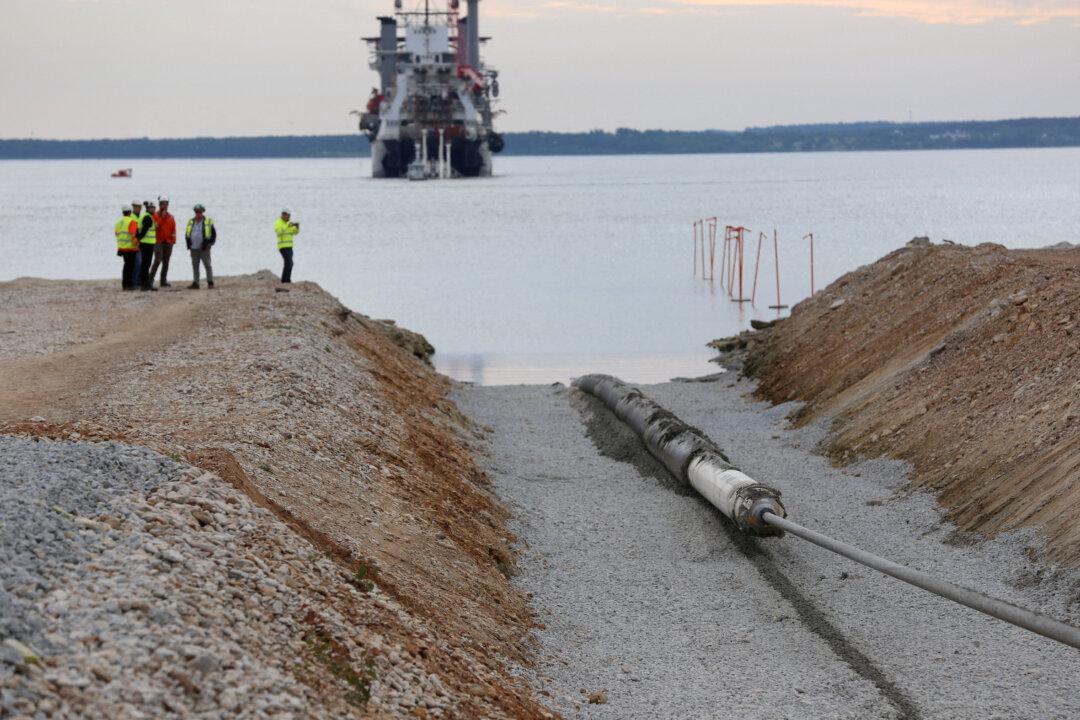A Chinese container vessel and a Russian-flagged ship investigated in connection with damage to a gas pipeline in the Gulf of Finland were present at about the time that two telecommunications cables were damaged, vessel tracking data show.
Early on Oct. 8, a gas pipeline and a telecom cable connecting Finland and Estonia were broken, in what Finnish investigators say may have been sabotage. On Oct. 17, Sweden stated that a third link, connecting Stockholm to Tallinn, had been damaged at roughly the same time as the other two.





